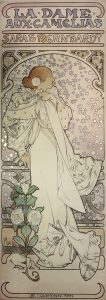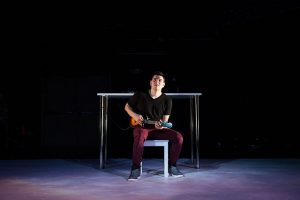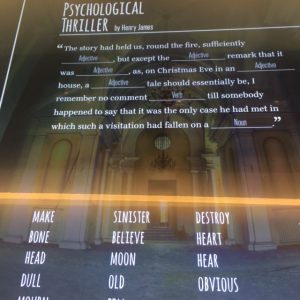If asked what would you like a robot to do what would be your answer?

That’s a question that Tom, an employee who often can be found taking a shift in the Museum of Science and Industry’s “Robot Revolution” exhibit, asks the crowd of kids and adults who gather around while he explains drones.
Homework and housework are two of the frequent answers he said he gets.
If you go MSI’s Robots exhibit you can see a robot that is doing some housework. It moves along the floor cleaning dirt and debris. And that robot is on the market.
The other robots in the exhibit also exist in today’s world but are used by industry, health care and other commercial ventures. They are fascinating to watch. They come in all shapes. And they can do tasks that might be harmful to humans.
When you first walk in you see a person-type of robot. Press “How Do I Work” to have him talk to you and explain what makes him move. Don’t be surprised when you walk away if his eyes follow you even though he has stopped talking.
There are robots you can touch, such as a cuddly stuffed-animal that is used in hospitals and clinics that make patients feel better when they pet it and robot “bots” that you can put together yourself to do some things such as shine a light.
There are robots that can move up and down stairs and inclines that can be used in dangerous situations and robots that can be programmed to play soccer.
Just allow enough time to try everything in this exhibit but don’t forget to check out some of the science museum’s other wonders.

For example, on the same level as Robots is “Numbers in Nature: A Mirror Maze.”
It’s fun, dizzying and challenging. There are dead ends and a hidden room of images.
After tentatively trying it and figuring out that you can exit, go back in to explore it further and solve some of its puzzles.
The idea is to look at nature from a mathematical point of view that appreciates how patterns in nature are important.
There is so much to see and do at the museum that best plan is to allow several hours there.
The Museum of Science and Industry is at 5700 S. Lake Shore Drive, Chicago. For a museum overview visit MSI.





















